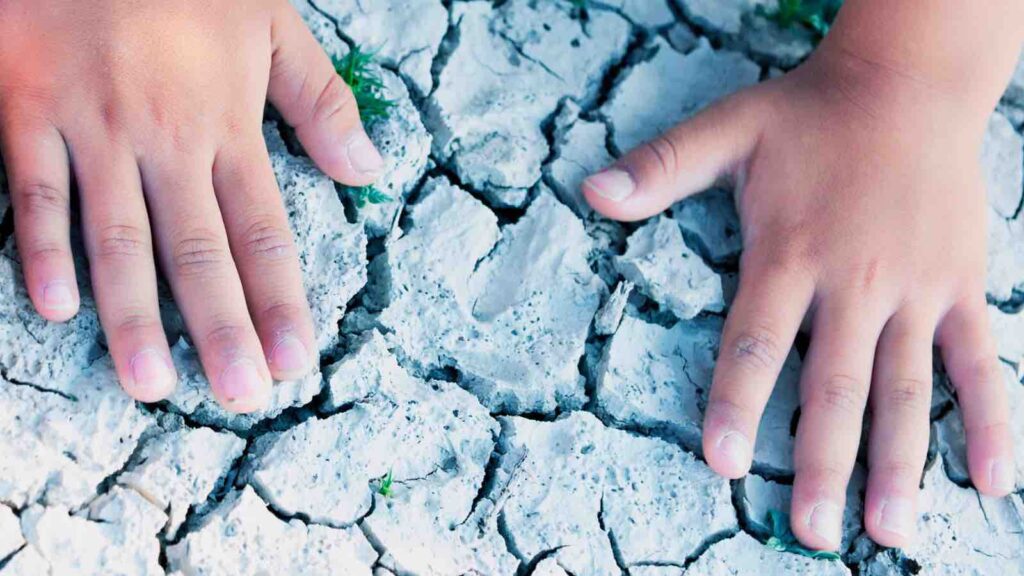Weather-related events, now more frequent and severe due to climate change, are uprooting children from their homes at an alarming rate, latest from UNICEF report.
The United Nations recently highlighted a disturbing trend: extreme weather, intensified by climate change, displaced millions of children from 2016 to 2021. With the climate crisis escalating, this pattern of displacement is expected to affect millions more in the coming decades.
RELEVANT SUSTAINABLE GOALS




The climate-changed child
Weather-related events, now more frequent and severe due to climate change, are uprooting children from their homes at an alarming rate. The connection between climate change and displacement, while complex, underscores a troubling shift in how and why people are forced to move.
For children, the consequences of displacement extend far beyond losing a home. They face heightened risks of exploitation, child trafficking, and abuse when separated from families. Displacement disrupts essential services like education and healthcare, leaving children vulnerable to malnutrition, disease, and missed vaccinations.
Children are particularly vulnerable to the effects of climate change, experiencing a greater burden of its consequences compared to adults. This heightened vulnerability stems from several factors:
- The spread of deadly childhood diseases is intensified by environmental degradation and climate change, posing a significant health risk.
- Air pollution disproportionately affects children, making them more susceptible to respiratory issues than adults.
- Infants and young children, unable to effectively regulate their body temperature, face higher risks of dehydration and heat-related illnesses during extreme heatwaves.
- Climate change-driven crop failures and surging food prices contribute to child malnutrition, with higher temperatures and increased rainfall worsening the situation.
- Each year, 40 million children face educational disruptions due to climate-exacerbated disasters, a figure that’s on the rise.
- Moreover, extreme heat has been linked to an uptick in mental health issues among children and adolescents, including post-traumatic stress disorder and depression.
Historically, data on children displaced by weather-related events has been scarce, with little age-specific information available. Rapid urbanization and conflict further obscure the plight of these children, making it even harder for them to receive the help they need.
The report ‘Children displaced in a changing climate: Preparing for a future already underway’ sheds light on the primary weather-related hazards causing displacement: floods, storms, droughts, and wildfires. Over six years, 43.1 million child displacements were recorded, equating to about 20,000 children displaced daily, with floods and storms accounting for 95% of these incidents.
To safeguard and empower children facing the threat of displacement, the report urges action from governments, donors, and the private sector. Recommendations include making child-critical services resilient to shocks, enhancing children’s adaptive capacities, and ensuring children are central to climate and development policies.
A recent UNICEF report marks a pivotal moment, revealing that 43.1 million child displacements occurred in 44 countries due to weather disasters, with projections suggesting an increase to 113 million over the next thirty years. Verena Knaus, Unicef’s global migration and displacement lead, warns that these figures likely underestimate the full impact of climate change on child displacement.
As climate change emerges as a leading cause of child displacement, there’s a pressing need for policies and climate finance discussions to prioritize the well-being and futures of the world’s most vulnerable inhabitants.
You may also be interested in :
Inequality & Sustainability Reporting : Unveiling the Overlooked Connection In The Business World



